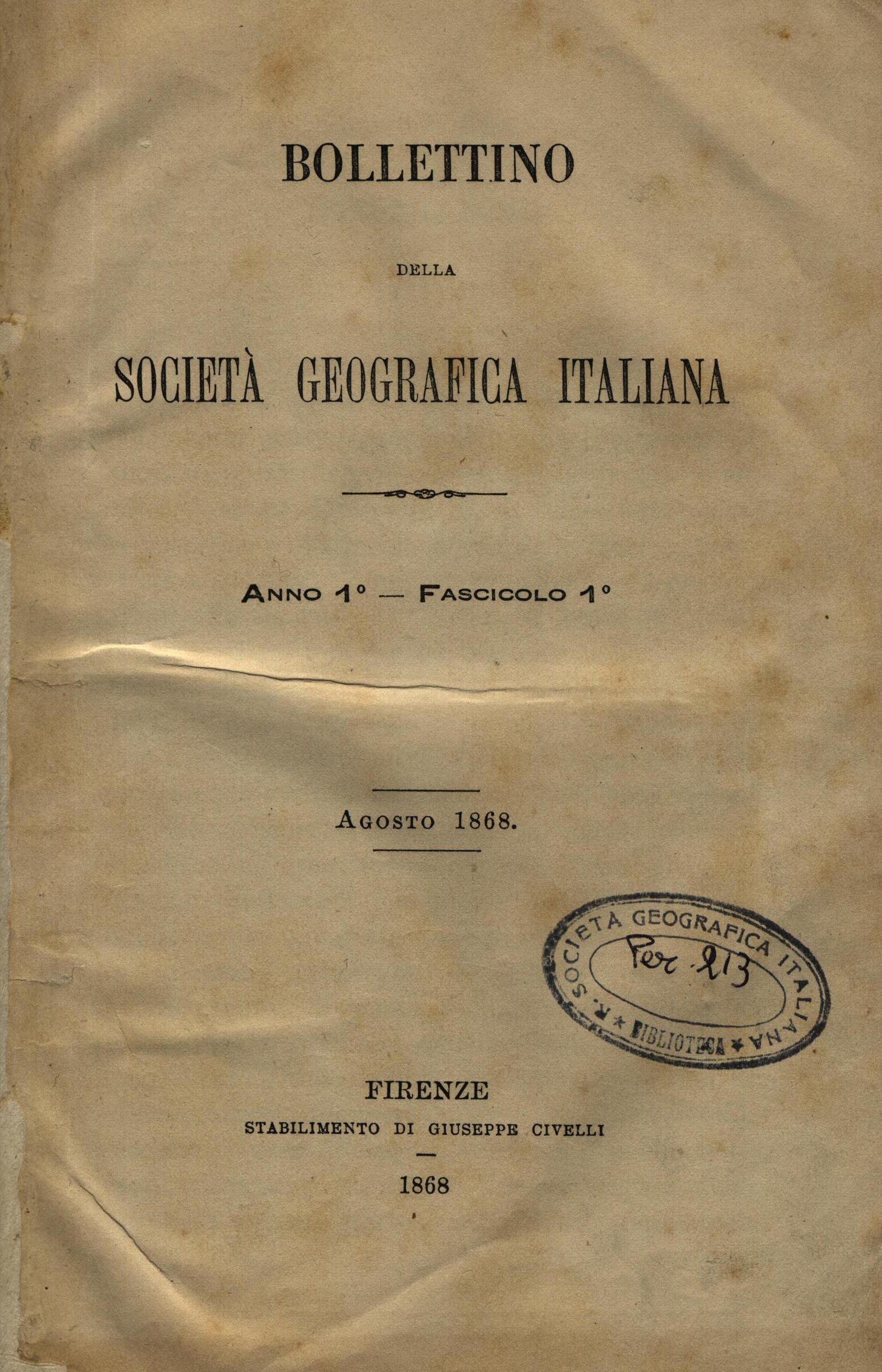BEIRUT: HETEROTOPIAS AND GEOGRAPHICAL PATHS ALONG THE DEMARCATION LINES (1840-1990)
DOI:
https://doi.org/10.13128/bsgi.v8i4.428Abstract
For fifteen years, during the Lebanese Civil War (1975-1990), Beirut has been split by the Green Line into two separate entities, the East and the West. The article briefly investigates the origins of this division line, outlined since the Maronite-Druze clashes in the mountains (1840-1860) and the subsequent Ottoman administrative repartition, and individuates some characteristics that allow us to use the Foucaultian concept of heterotopia to describe some particular spaces along this borderline. As reported by Beirut residents in their interviews, the port, the hippodrome and the National Museum were areas where the crossing between the two urban dimensions, albeit dangerous and intermittent, was possible, throughout certain specific «crossing procedures». It is specifically in these access points and in the internal military neighbourhoods
that the hetorotopias can be identified and studied.









